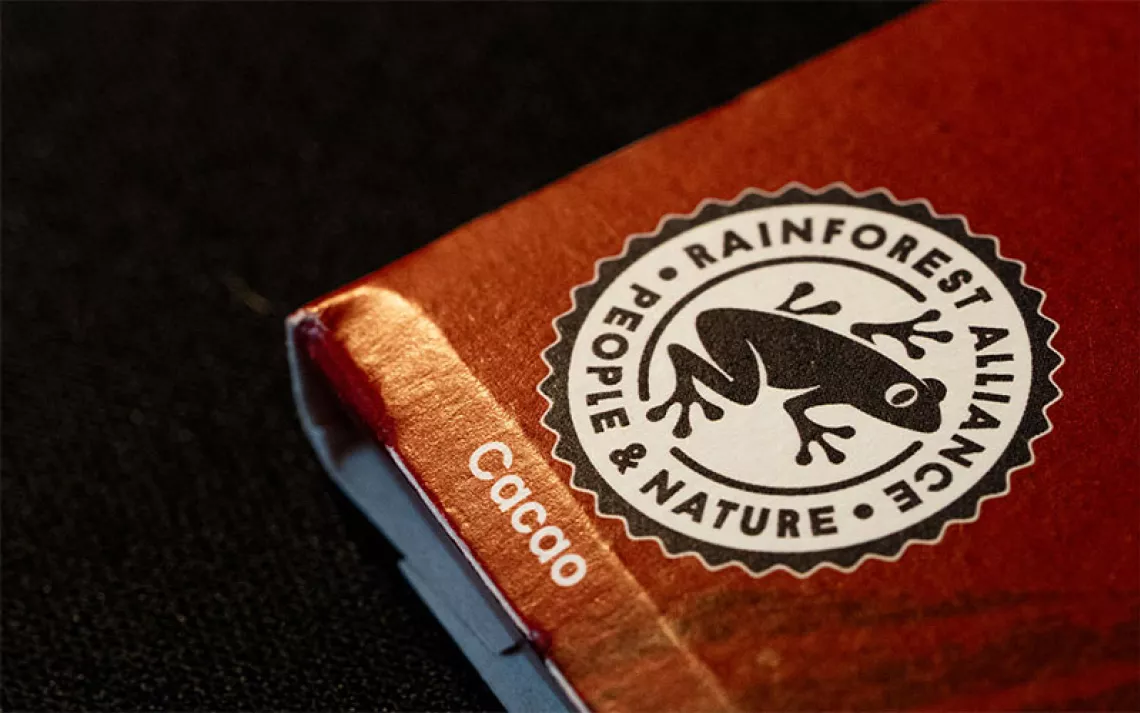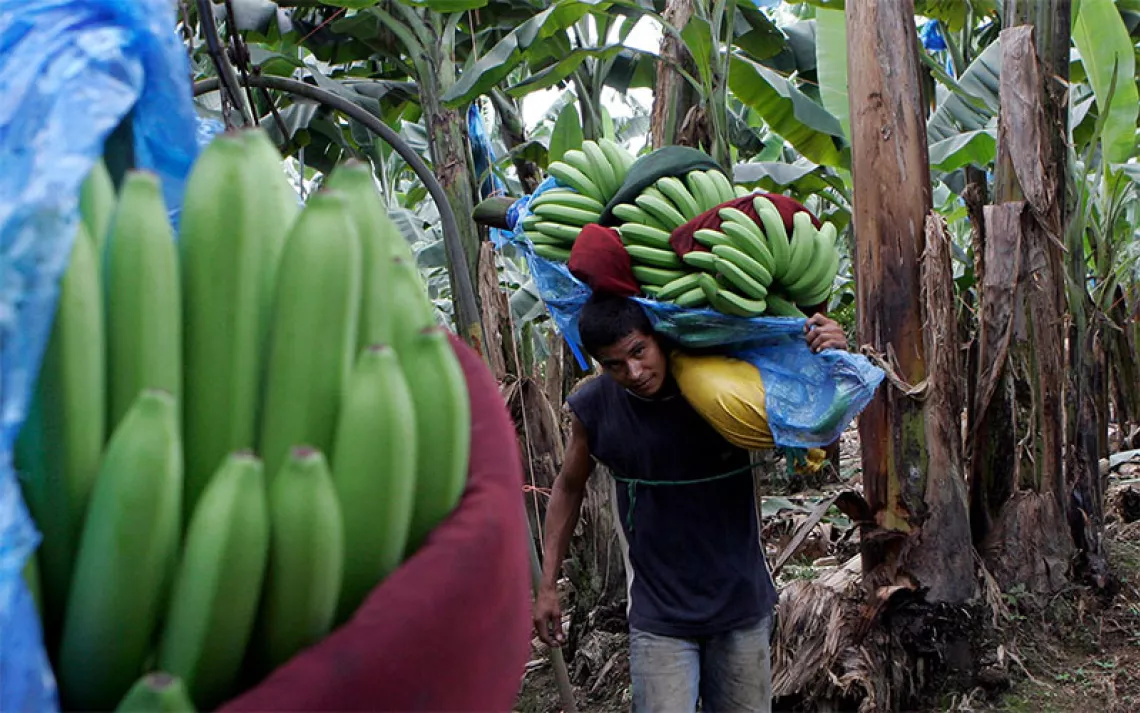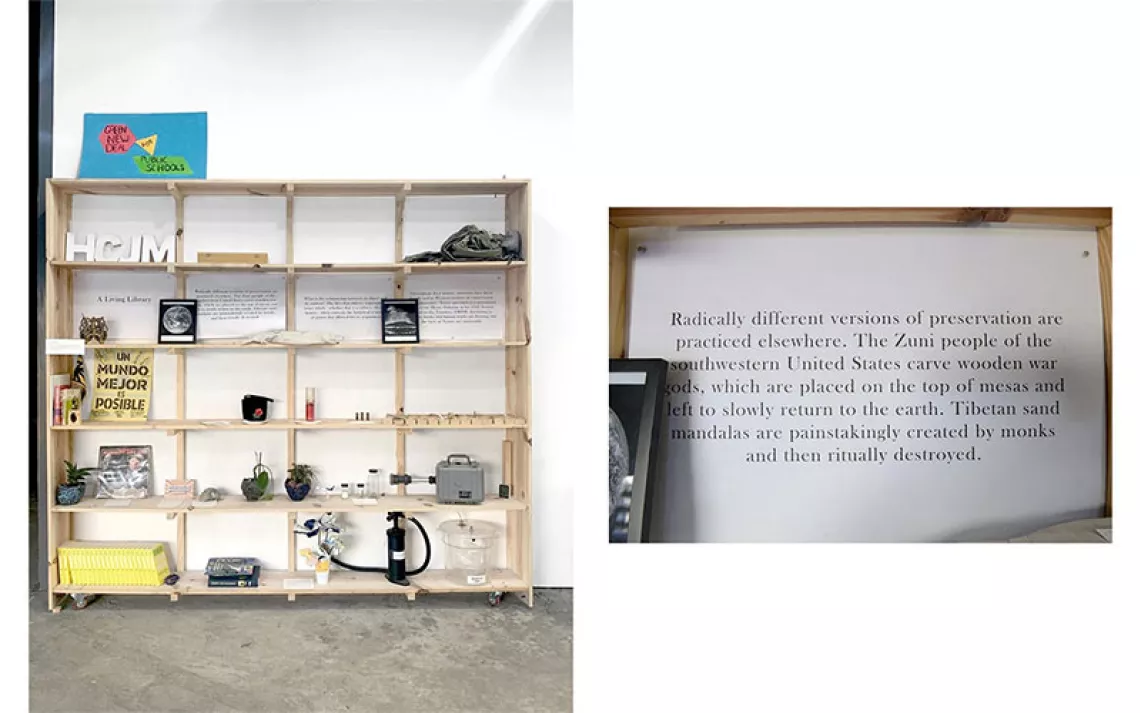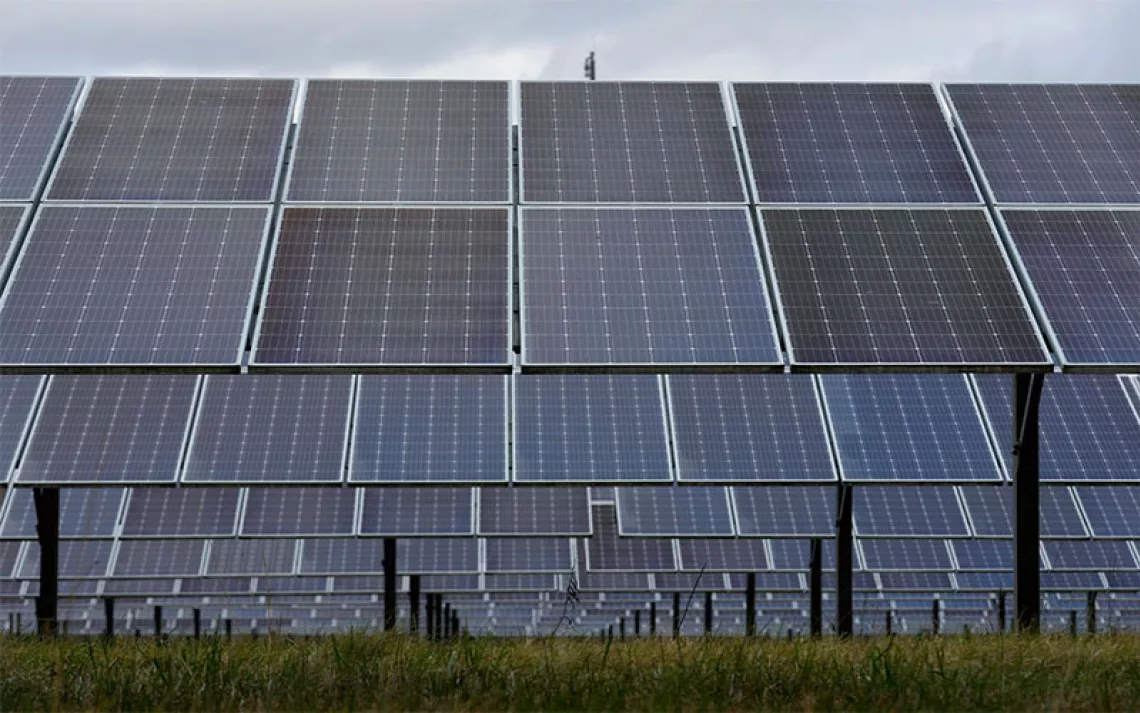Transforming the Lives of Animals
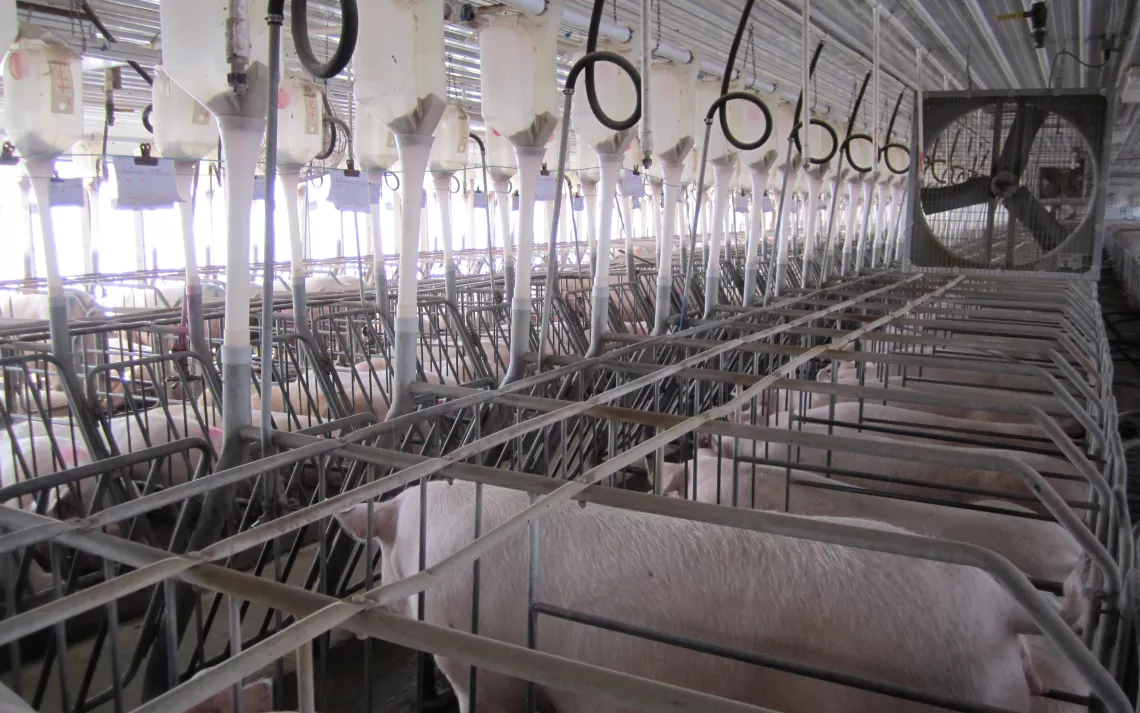
Photos courtesy of Humane Society of the United States
Wayne Pacelle, the president and CEO of the Humane Society of the United States (HSUS), spends his time addressing the real costs of cruelty and the great benefits of kindness to the animal welfare system. The Humane Society is the leading animal advocacy organization and drives transformational change by combating large-scale abuses such as puppy mills, animal fighting, factory farming, seal slaughter, horse cruelty, captive hunts, and wildlife trade. Thanks to Pacelle and HSUS’s efforts, in March 2016, SeaWorld ended its orca breeding program, fashion king Armani agreed to go fur-free for all its clothing lines, and a dozen of the biggest food businesses agreed to stop buying eggs produced by caged hens, including Wal-Mart Stores, which purchases over 15 billion eggs a year.
Pacelle wrote the New York Times best-seller The Bond: Our Kinship With Animals, Our Call to Defend Them (William Morrow, 2011). His newest book, which Jane Goodall calls “an essential read,” is The Humane Economy: How Innovators and Enlightened Consumers Are Transforming the Lives of Animals (William Morrow). The book explains how entrepreneurs, Fortune 500 CEOs, world-class scientists, political leaders, and consumers are driving the unstoppable growth of the humane economy. In every sector where animals play a major role (food and agriculture, fashion, live entertainment, and more) billions of dollars have been raised for their better treatment, leading to transformative reform.
We caught up with Pacelle in New York City.
Why did you write The Humane Economy?
Thirty-one years ago, when I was a sophomore at Yale University, I started an animal advocacy group. A lot of people thought the ideas were heretical, but now I think we’ve moved from the margins to the mainstream and these ideas are good for us; they’re going to make us healthier when we eat more plant-based foods and we’re more conscious of the supply chain that extends sometimes thousands of miles away from the food right in front of us. I think businesses that do the wrong thing are going to court trouble. There’s a reason we got Wal-Mart and McDonald's and other big brands in the retail sector to recognize that the five freedoms of farm animal welfare should be a guiding set of tenets for the company. Customers care about animal welfare, and if their business model is poorly aligned with the values of their customers, that is a brand threat in terms of protests, litigation, regulatory, and public policy reform. When you align your business with the values of the American public, you solve all these problems. No company should be an outlier any longer on animal welfare.
What do you mean by “the humane economy?”
I mean by that an economy that has business operators really taking into account the values we hold dear in our society. A business is not just about making profit. It’s about producing goods and services that enhance our lives and give us better choices—but it’s also about honoring our values. We don’t want companies to generate jobs and create wealth at the expense of animals or nature. Why can’t we generate jobs and wealth while also honoring the planet and animals? We shouldn’t have this false choice that economic activity necessitates the sacrifice of animals or nature. A lot of people have viewed animal protection and adhering to these values as a sacrifice. I want to remind people that this is an opportunity, something that is going to enhance us as individuals, as businesses, and as a society.
You say in the book that just about every enterprise built on harming animals today is ripe for disruption, and that where there is a form of commercial exploitation, there is an economic opportunity waiting for a business doing less harm or no harm at all. Can you give some examples?
The meat industry contributes 18 percent of greenhouse gas emissions, and we’re feeding 12 pounds of grain to produce 1 pound of beef. We’re producing this massive load of manure from factory farms; we’re feeding 85 percent of all antibiotics we use to animals on these factory farms. This is a dangerous food production system that creates animal cruelty, safety problems, and environmental problems. Let’s use our ingenuity to find plant-based proteins that mimic the taste and texture of meat, that have all the nutrients without any of the downsides: none of the manure load, none of the hormones, none of the antibiotics, and none of the animal cruelty.
For 40 years we’ve had a system of federal law that has been entirely dysfunctional such that we’re not protected from these chemicals. Now we’re going to have a system that while imperfect will use 21st-century technologies to look at the toxicity of these substances and make better risk assessments in terms of what these chemicals can do to us and to animals in daily use. Technology is going to make our lives better; we’re going to eat better food and live with fewer hazardous chemicals.
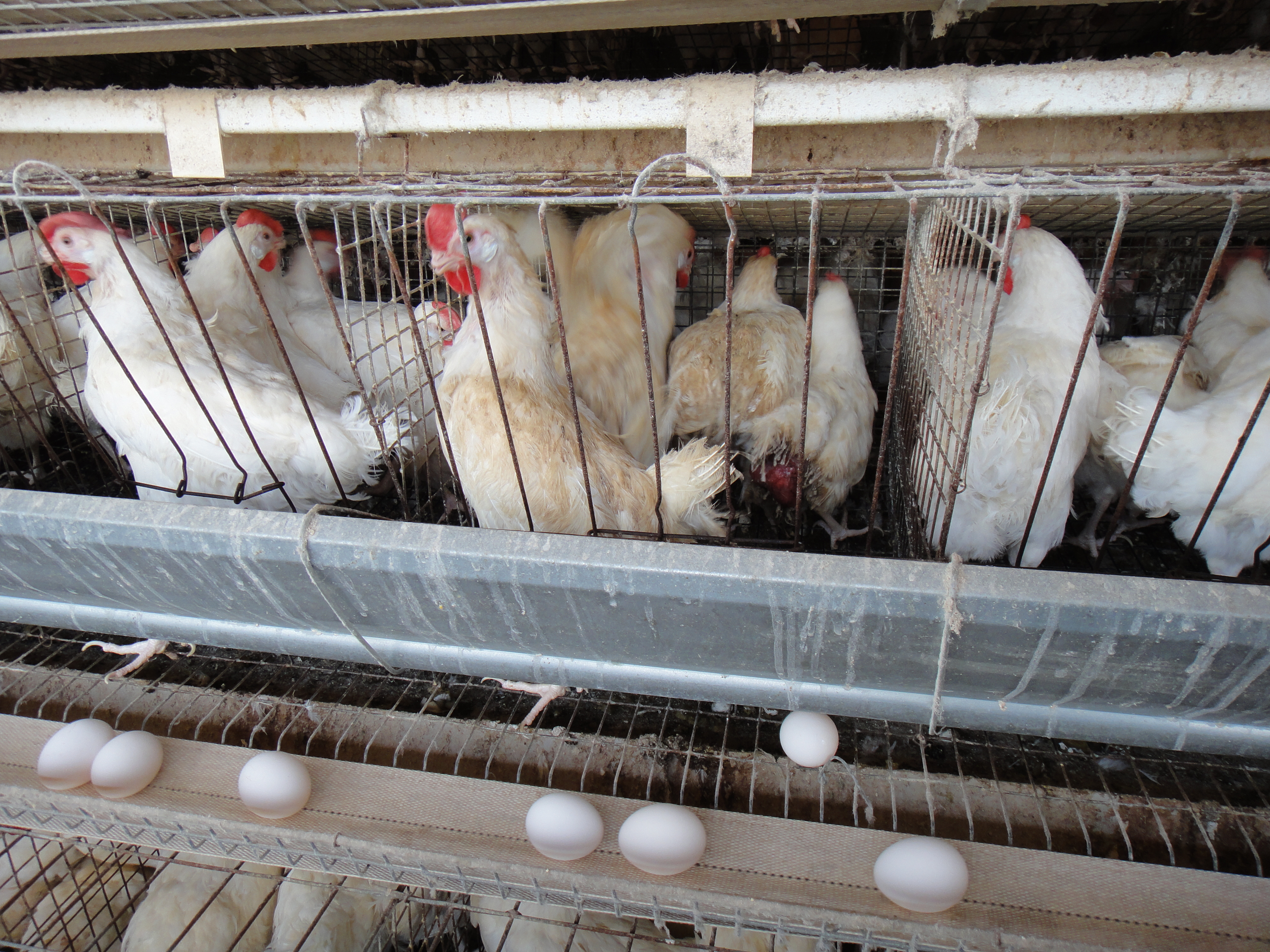
You write that new technology will crack the code on animal homelessness. How?
Petco, PetSmart, and Petfinder are allowing more people to adopt more easily by putting animals in their stores so people don’t have to go to the shelter—a place often on the other side of the railroad tracks that many think of as dim and associated with death. Putting animals in the stores and advertising that animals are available is an incredible opportunity. Right now we’re limited, in terms of sterilization of dogs and cats, to surgical sterilization. We want to have vaccines that can revolutionize animal birth control. Look what the pill did for human birth control.
We have an animal homeless population because we have too much breeding for too few homes. We can regulate this through better technologies that will keep the animal numbers down. In the United States, we don’t have animals roaming the streets, but in India or Peru or Bangladesh, animals are roaming everywhere, causing a public health issue for animals and people. Sixty percent of diseases that afflict us started in animals and jumped the species barrier. So when we talk about animal health, we’re talking about human health. SARS and avian influenza threaten human health; when we handle these situations better in the community of animals, we protect ourselves better. This is a big theme of the book—that it’s not just about animal protection; it’s intertwined with our human existence and human welfare.
We know how changing what we eat—substituting more plant-based products and lab-grown products for animal-derived food—will affect the animals by saving them from human consumption. How will those foods affect our health?
There’s a super abundance of information to indicate that more plant-based foods in our diet is better for us: less heart disease, less in the way of cancers, less in the way of fat and cholesterol. Eating less meat and animal products and more plant-based foods will allow us to live healthier lives and to live longer. There are thousands of plants in the world that are suitable for human consumption, with great protein and other nutrients and health-enhancing qualities. A lot of us think if we don’t eat too much junk food, it can’t hurt us. We should be eating foods that are health-enhancing, that stimulate our immune system, add muscle tone, and do not cause harm to us at the cellular level.
Ringling is cutting out circus elephants, SeaWorld has ended orca-breeding programs, and many American films are using CGI (Computer Generated Imagery) instead of live animals. What percentage of live animals are no longer used for entertainment in the United States, and what is the present state of using live animals for entertainment in the rest of the world?
We’re going to see a decline in the use of wild animals in film, television, and live entertainment. We live in this global economy, and information is ricocheting all over the world. Not only are we active in the United States, but the Humane Society International is also presently active in 55 countries. We are working against the mistreatment of animals for entertainment. We just stopped a long-standing festival in Mexico where people hung animals upside down on trees and would hit them like a piñata. We stopped the biggest worldwide animal sacrifice event in Nepal, where 500,000 animals were sacrificed. You still have legal cockfighting in Mexico and the Philippines and Vietnam, but we are strengthening anticruelty laws throughout the world. In 2014, we worked to get South Dakota to pass felony-level penalties for malicious animal cruelty. It became the 50th state in the United States to do so. It is our intention to outlaw animal fighting everywhere and impose serious penalties for malicious animal cruelty, because if you can exhibit that kind of cruelty, it indicates a loss of empathy that will then manifest itself in other ways in our society.
What about America’s National Park Service? How does it build an understanding of the parks’ science and ecology?
Science must be a part of land management and ecosystem protection. We now know that wolves are not marauding killers of other wildlife or people. We know through science that wolves have an amazing trickle-down effect throughout the ecosystem, where they eliminate or kill the weak and the sick animals, sometimes the young or the aged, and they control populations that then do not get so abundant that they have an impact on forest health. Animal overpopulation affects the water cycle and leads to erosion and more silt in waterways, which then stresses fish and changes the entire composition of the ecosystem.
The National Park Service was the first in the world to set aside large areas for human use because it’s a tonic for us to be in nature. No group understands that better than the Sierra Club, which has sponsored outings and has been an advocate for the creation of parks. But we also have these parks to maintain healthy ecosystems for the animals and for us. As we understand ecology, we have more practical arguments for saving more land as parks.
You say in the book that we are unwitting or passive commercial partners in practices we would never be a party to if we saw them up close. Can you give some examples?
We’re deeply disassociated from many abuses of these animals, but we’re commercially or morally connected to them through supply chains or research and development programs that we enable with our purchasing practices. The number one issue is food. There’s a reason we’re raising 9 billion animals a year in the United States for food. The average American eats 30 animals per year. And most of these animals are raised on factory farms. But we buy the food in the store or the restaurant, and we do not know the backstory. What we’re trying to do is connect consumers to their food choices so they understand all the consequences of their decisions and can make better choices that have fewer adverse consequences and more salutary effects. Food is one example. Cosmetics and chemicals that are tested on animals is another. And there are the puppy-mill dogs that are tying into these abusive operations in the Midwest when we can instead get an animal from a rescuer or a shelter and save lives and also reduce the spending burdens for charities and the government dealing with the homeless-animal population. If we’re smart consumers, we can save money, generate economic activity, protect the environment, and prevent animal cruelty.
What are the most important things we can do to prevent animal cruelty?
Obviously, in a capitalist economy, we vote for or against cruelty with our dollars. Our purchasing practices are our most powerful tool that we have on a daily basis, extending to food, fashion, cosmetics, household products, plastic bags—all of these things have some sort of back-end consequence for animals, as do better choices that we make. I think we also have to be politically engaged, as laws reflect our values. We can choose to use our power in a way that is cruel and destructive, or in a responsible and careful way that reflects a notion of stewardship, care, or mercy. So many people have a good conscience but not enough information on animal issues. We have to be conscious consumers. It’s not enough to be aware; you have to act. And this is my hope: that once people realize they can help our society be better, it’ll be a healthier, more civil society.
There have always been a small number of people who’ve been leaders and shown the way forward, who took action and changed the world for the better. Now is the time to end the era of destruction and despoliation of the natural world and to be the stewards and caretakers. And because so many people are already with us in terms of their ethos, there are great economic opportunities, those that have allowed us to go from whaling to whale watching, from factory farming to humane and sustainable agriculture, from poisoning animals for cosmetics and compounds to 21st-century science.
There are no longer intellectual escape routes for people who represent the old inhumane economy. The arguments that I espouse in the book make moral, economic, scientific, and philosophical sense. Look at the Book of Genesis and the first thing you see in the Bible is the story of Noah and the rescue of the animals. This is a powerful story of saving God’s creation, and it’s found in the first book in the Bible in the Old Testament. So whether you consult religious traditions or our political traditions, it all leads us to the same place.
 The Magazine of The Sierra Club
The Magazine of The Sierra Club
